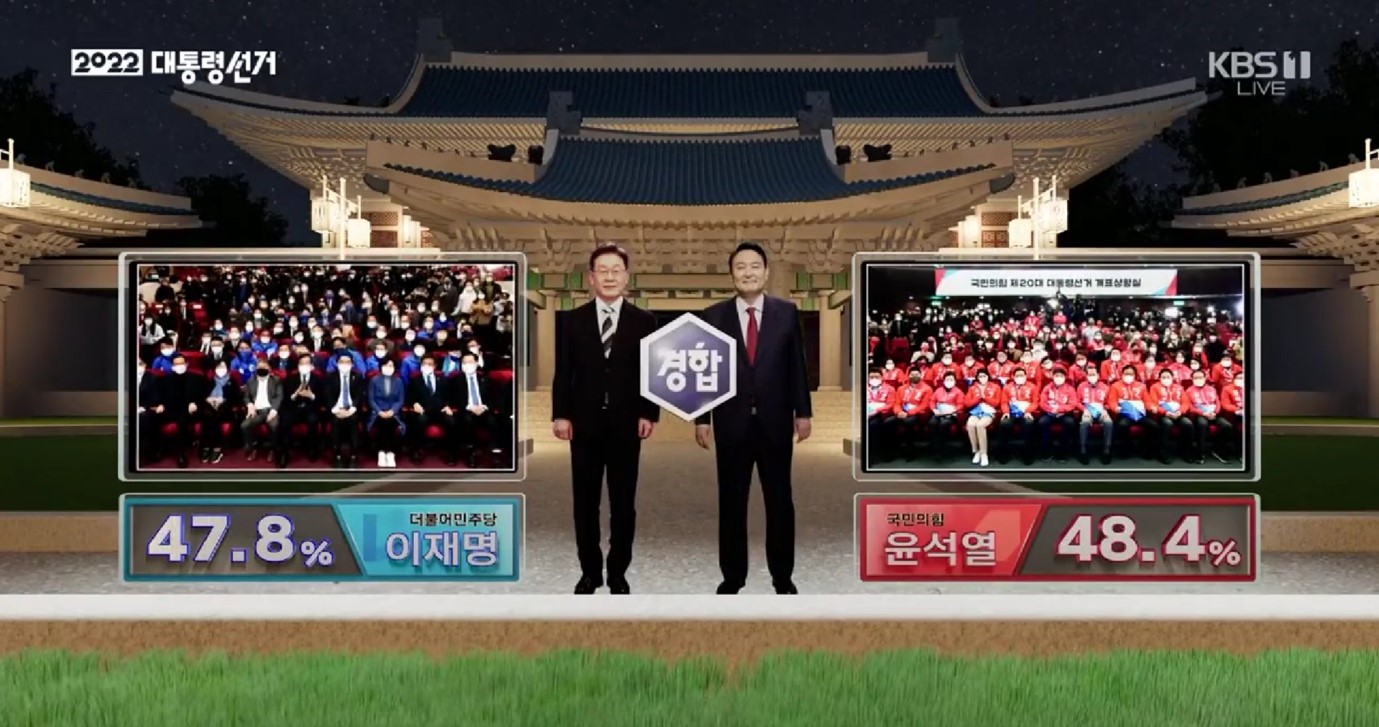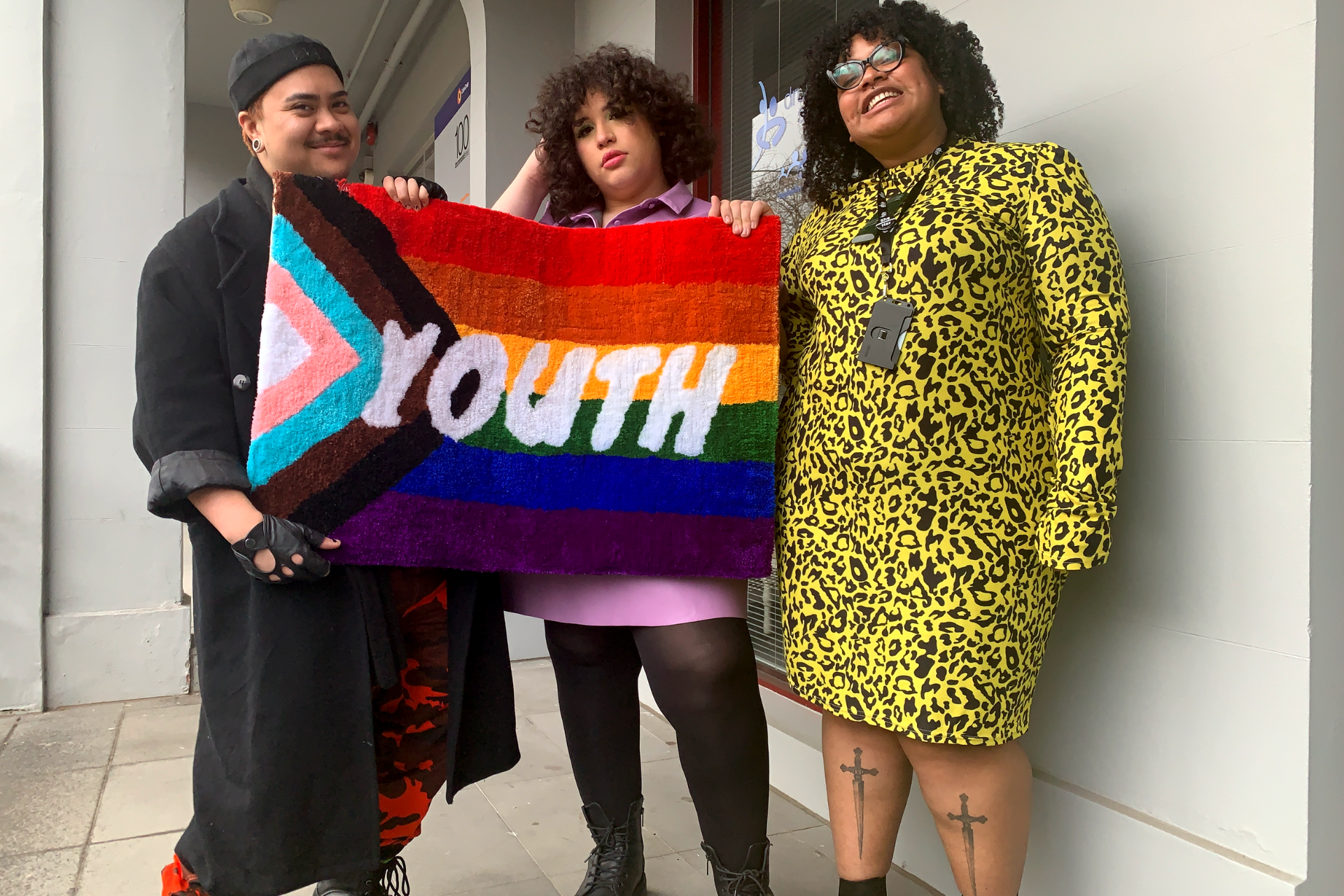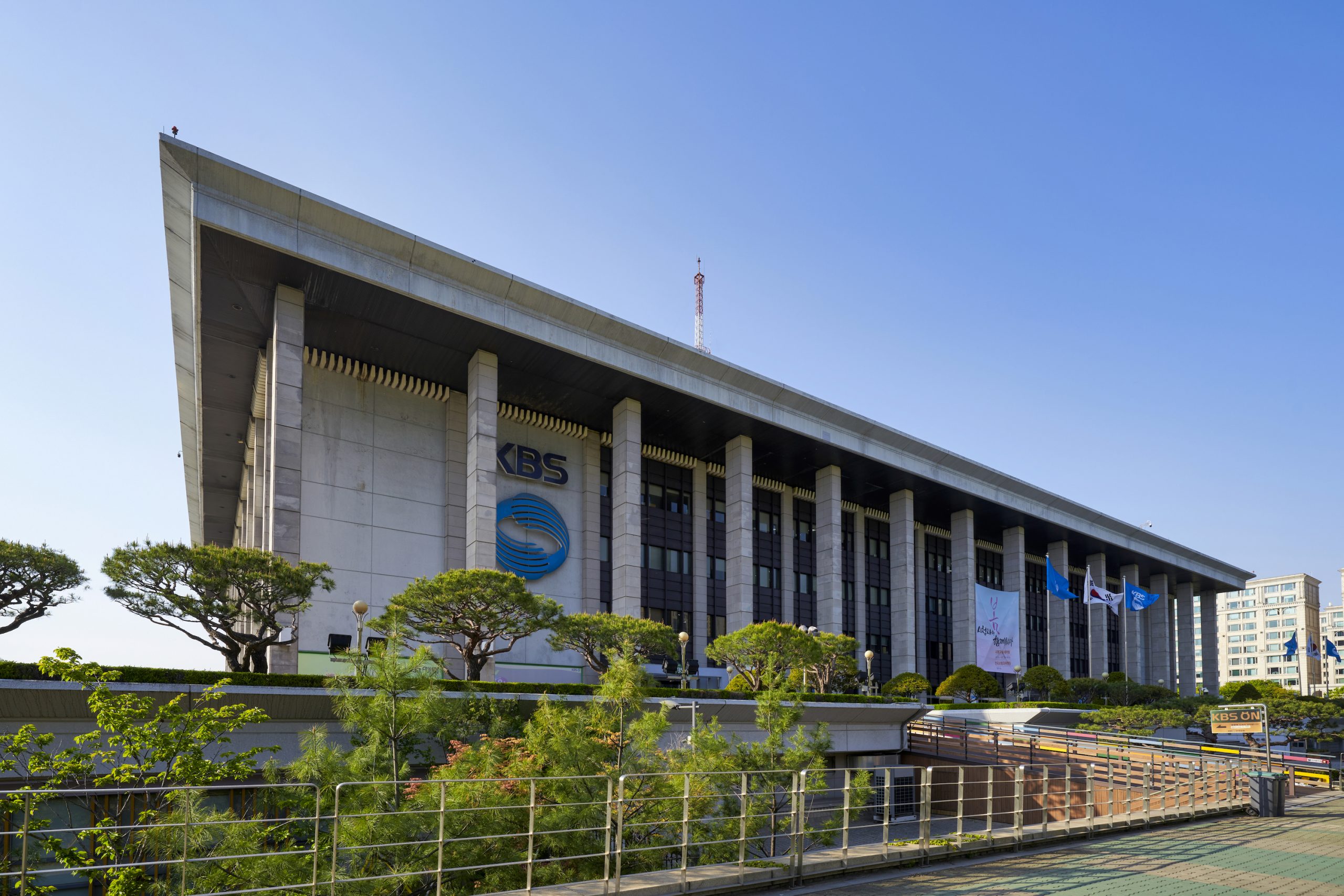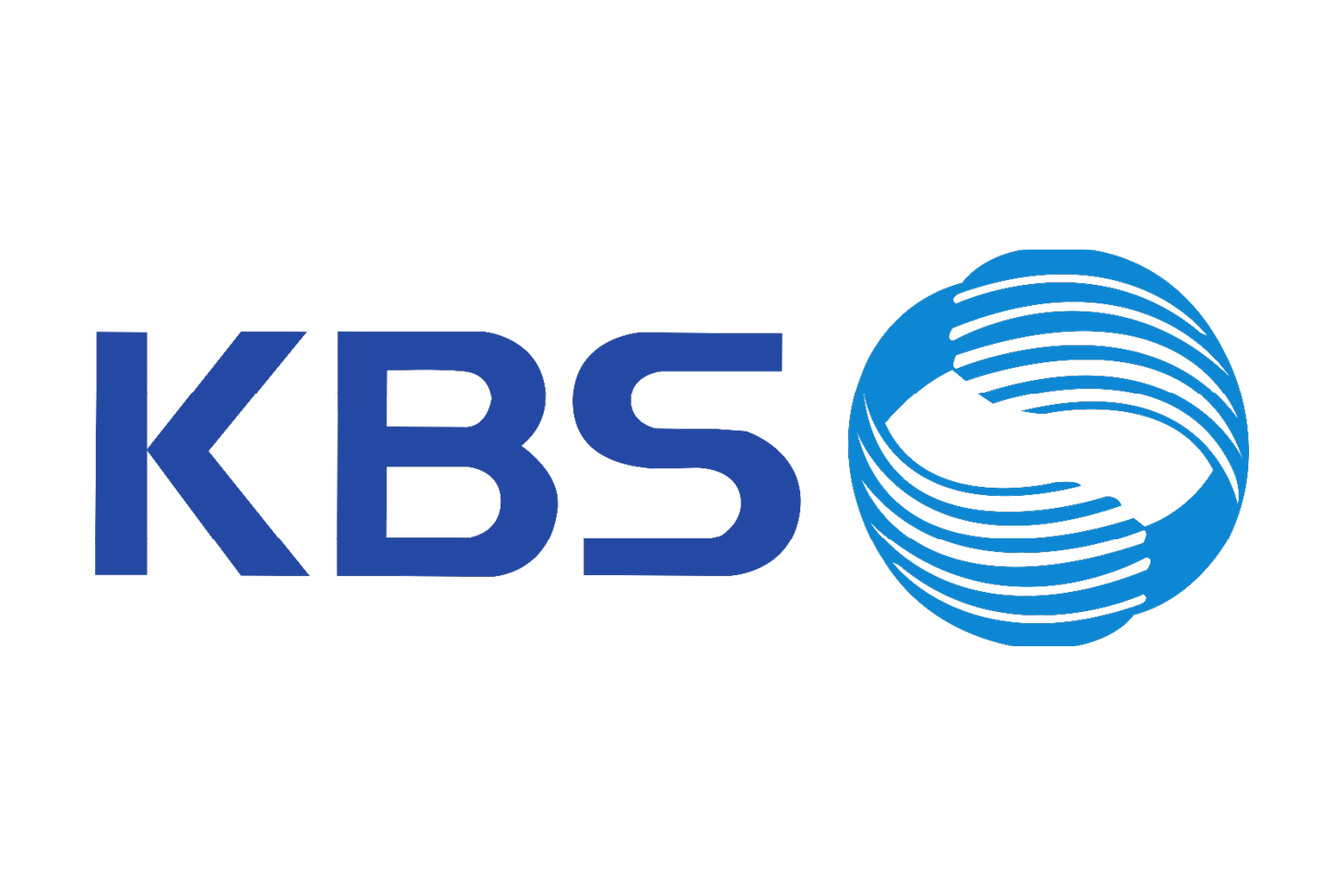PSM INNOVATIONS
KBS uses “cutting edge technology” in 2022 election coverage
19th April 2022
From the world’s first metaverse counting broadcast, to Extended Reality (XR) and artificial intelligence, South Korea’s largest and most trusted public broadcaster used technological innovation to push its election coverage to new heights. It also ranked highest for 2022 election TV ratings.
In one of the world’s most connected countries, licence fee-funded Korean Broadcasting System (KBS) demonstrated its value to the public yet again during South Korea’s 20th presidential election held on 9 March. The broadcaster covered the democratic process using “cutting edge technology” and providing viewers with immersive, high-quality broadcasts.
Highlights included enabling voters to virtually “visit” the ballot-counting broadcasting studio via the metaverse – a virtual reality space – using telecommunications company SK Telecom’s metaverse platform ‘Ifland’. Through the ‘Ifland’ app and the YouTube KBS news channel, voters could watch the vote counting broadcasts with other users virtually. This was the first ever attempt to use the metaverse in an election count. It was not KBS’ first foray into the metaverse. 50 days before the presidential election took place, KBS opened the ‘Let’s Be Together KBS’ world on the metaverse platform ‘ZEPETO’.
KBS’ technological innovations were even more important as they provided advanced and immersive democratic engagement, while the country reportedly experienced its worst wave of the COVID-19 pandemic.
The public media organisation also built on its legacy from its previous election coverage in recent years with accurate predictions and in-depth analysis. Its investment in data journalism provided even faster and more accurate information. This was coupled with attractive backdrops and dynamic graphics through XR (an amalgamation of augmented reality (AR) and virtual reality (VR) which, according to KBS, “creates an expanded reality by enhancing the interaction between the real world and the virtual world.”) For example, voter turnout and the real-time ballot counting was covered in a colourful graphic show using Lotte World Tower – the country’s tallest building – as the backdrop. ‘First Person View’ (FPV) drone film footage was used “to give the illusion that it is flying like a bird… delivered to the bedroom through the TV.”
2022년 3월 9일, 대한민국의 5년을 선택할 시간
24m초대형 LED에서 펼쳐지는 정확한 정보, 깊이있는 분석
개표방송 시청률 부동의 1위, KBS 개표방송!3월 9일 수요일 오후 5시, 내 삶을 바꾸는 선택
<KBS 대통령선거 개표방송>#20대대통령선거 #KBS개표방송 #개표방송 pic.twitter.com/yt815cSnrn— KBS 한국방송 (@MyloveKBS) March 7, 2022
Reports revealed that KBS was the most watched presidential election coverage on election night, with KBS1 recording a viewership rating of 11.1 percent, coming out top above South Korea’s second public broadcaster MBC and private broadcaster SBS. Its dynamic and digitally-driven election coverage thereby demonstrates how, despite its financial difficulties, KBS is still managing to create trusted, quality and innovative broadcasts that attract viewers – including new and younger audiences – to prove value and relevance to those who fund them. This is especially important at a time when public media organisations are increasingly competing for attention and there are increased attempts to undermine the credibility of public media.
Despite its financial difficulties, KBS is still managing to create trusted, quality and innovative broadcasts that attract viewers – including new and younger audiences – to prove value and relevance to those who fund them.
Over to you...
Does your public media organisation have an innovation that you’d like to share?
Let us know by emailing us at editor@publicmediaalliance.org
The Korean Broadcasting System is a member of the Global Task Force for public media. Find out more about the work of the GTF here.
Related Posts
5th April 2022
ABCQueer: Australia’s public broadcaster representing marginalised groups
ABCQueer is the Australian public…
22nd March 2022
Czech Television’s services for children on Russia-Ukraine war
Czech Television has launched a new…
25th February 2022
KBS’ Covid-19 emergency broadcasting helps country’s pandemic response
The Korean Broadcasting System’s (KBS)…




